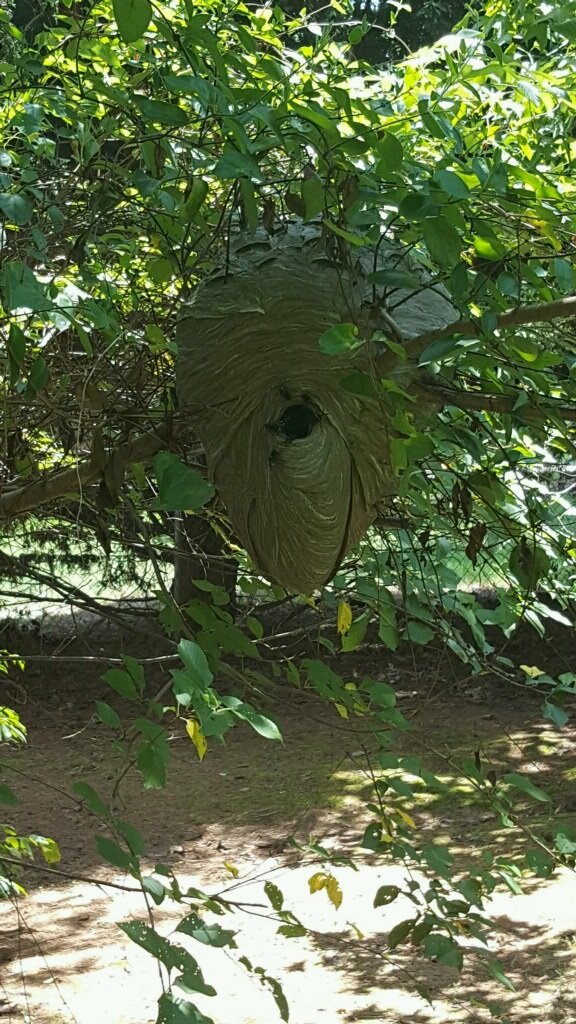Hornet and Wasp Problems
July 25, 2016The Squirrel and Rat Fall Breeding Cycles
September 7, 2016Stinging insects can be some of the scariest things to see around your home. Two of the most common forms of these, hornets and yellow jackets, can be especially frightening because they are less familiar to people than honeybees, and because, unlike species like paper wasps, they nest in very large colonies. Whether you have allergies or just a healthy fear of being stung, knowing the difference between hornets and yellow jackets can help you to understand why they are there, and how to stay safe. Here are some tips:
Hornets vs. Yellow Jackets: Telling the Difference
Removal of Hornets and Yellow Jackets can be an easy task if the difference between them is known. There are two main ways to tell a hornet from a yellow jacket, color and nest type. Hornet species are brown or brownish-red. They may have yellow on them, but it’s not the main color. Hornets also don’t have black. Yellow jackets, on the other hand, have yellow and black markings on them, and distinct bright yellow stripes on their abdomens. Hornets have the large, round nests that you typically think of, while yellow jackets are more likely to nest in cavities. This can be inside the ground, in walls, or in other holes in buildings or trees.
About the Hornet
Hornets are not naturally aggressive. They eat other insects, and they are more interested in finding other prey than they are in scaring you. Hornets can sting over and over again without dying, but they have to feel that their life, or the life of their hive, is at risk in order to attack. If there is a hornet’s nest on your property that is far from where anyone will bother it, then it will not be a problem unless you decide to make it one. Hornet’s nests will die off in the fall, so if you find one near the end of summer and can avoid it, then know that it will be dead, and the queen will be starting a new hive once the colder fall temperatures set in.
About the Yellow Jacket
Yellow jackets are much more aggressive. They are sugar eaters, and can bother picnics, hover around garbage and recycle cans and otherwise make things hard for you to be comfortable. They are more likely to sting you just to do it, but they will die when they do, so a single yellow jacket can do less damage than a single hornet. However, they are more likely to swarm, and this can be scary.
Nest Removal
Professional nest removal is the safest way to deal with a yellow jacket or hornet’s nest on the property. It can keep you from worrying about swarming, and it will also ensure that you got the whole nest (which is trickier to do with yellow jackets). It also lowers the risk that swarming insects will get an unsuspecting neighbor who happens to be walking by.


